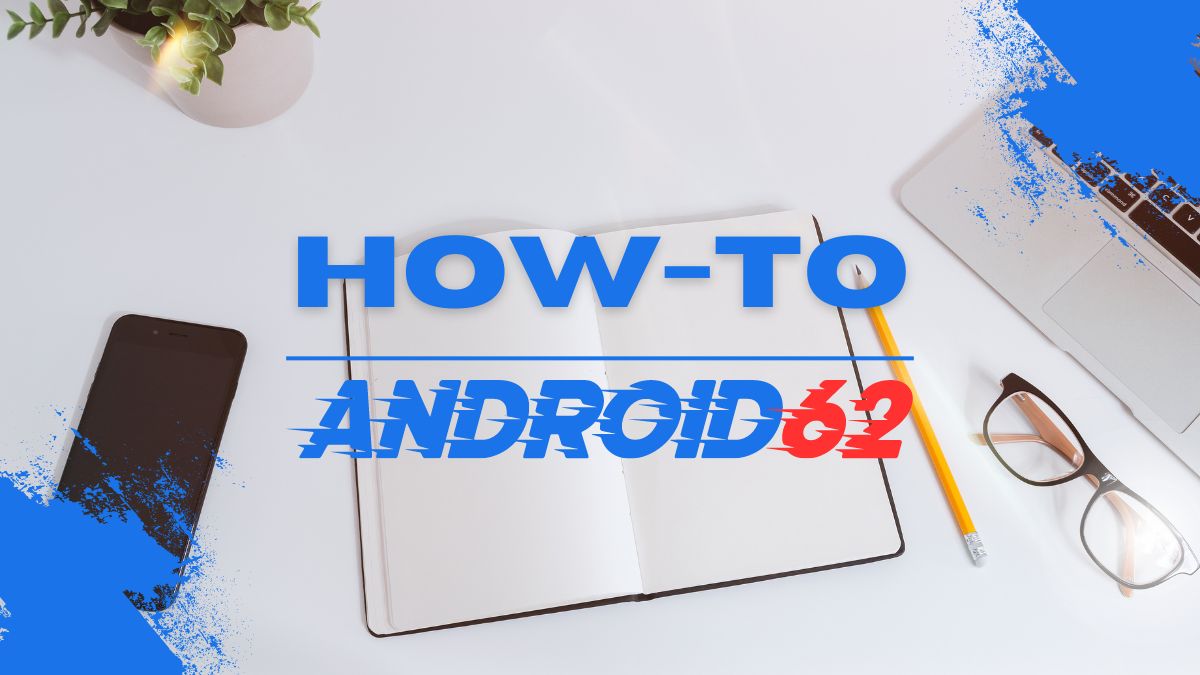
Sending emails is one of the most common forms of communication in the digital age. Whether you’re sending a quick message to a friend or a professional email to a colleague, adding a GIF can help convey your emotions or message in a more engaging way. This article will guide you through the steps on how to insert a GIF into your email.
1. What Is A GIF?
GIF (Graphics Interchange Format) is a popular image format that supports both static and animated images. Unlike JPEG or PNG images, GIFs can loop and play animations, making them perfect for expressing emotions or conveying messages in a creative way.
2. Benefits of Using GIFs in Emails
- Visually Engaging: GIFs can capture attention and make your emails stand out.
- Expressive: GIFs can convey emotions, humor, or messages in a fun and creative way.
- Memorable: GIFs can leave a lasting impression on the recipient, making your email more memorable.
- Increased Engagement: Studies have shown that emails with GIFs have higher click-through rates and engagement levels.
3. How to Insert a GIF Into Your Email
There are several ways to insert a GIF into your email. Here are some methods you can use:
3.1 Using GIPHY
- Go to the GIPHY website: Visit giphy.com and search for the GIF you want to use.
- Select the GIF: Click on the GIF you want to insert to open the GIF details page.
- Copy the GIF link: Click on the “Copy Link” button to copy the GIF link to your clipboard.
- Paste the GIF link into your email: In your email editor, paste the GIF link to insert the GIF into your email.
3.2 Using GIFs from Your Computer
- Save the GIF to your computer: Download the GIF file to your computer from a website or from your saved files.
- Insert the GIF into your email: In your email editor, click on the “Insert Image” option and upload the GIF file from your computer.
3.3 Using GIFs from Online Repositories
- Find a GIF repository: Use websites like Tenor, Imgur, or Gfycat to search for GIFs.
- Copy the GIF link: Copy the direct link to the GIF you want to use.
- Paste the GIF link into your email: In your email editor, paste the GIF link to insert the GIF into your email.
4. Best Practices for Using GIFs in Emails
- Keep it relevant: Make sure the GIF you use is related to the content of your email.
- Consider your audience: Choose GIFs that are appropriate for your audience and the tone of your email.
- Optimize file size: Use compressed GIF files to ensure faster loading times and better email performance.
- Test on different devices: Make sure the GIF displays properly on various devices and email clients.
5. Examples of GIFs You Can Use in Emails
Here are some popular GIF categories you can use in your emails:
- Thumbs up or applause GIFs: To express approval or agreement.
- Funny or cute animal GIFs: To add humor or charm to your email.
- Celebration or party GIFs: To convey excitement or congratulations.
- Thank you GIFs: To show appreciation or gratitude.
- Reaction GIFs: To express emotions like surprise, happiness, or sadness.
6. Conclusion
Adding a GIF to your email can make your message more engaging, memorable, and expressive. Whether you’re sending a casual email to a friend or a professional email to a client, using GIFs can help you stand out and connect with your audience on a more personal level. Follow the steps outlined in this article to easily insert a GIF into your email and enhance your communication efforts.




